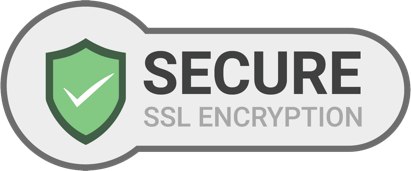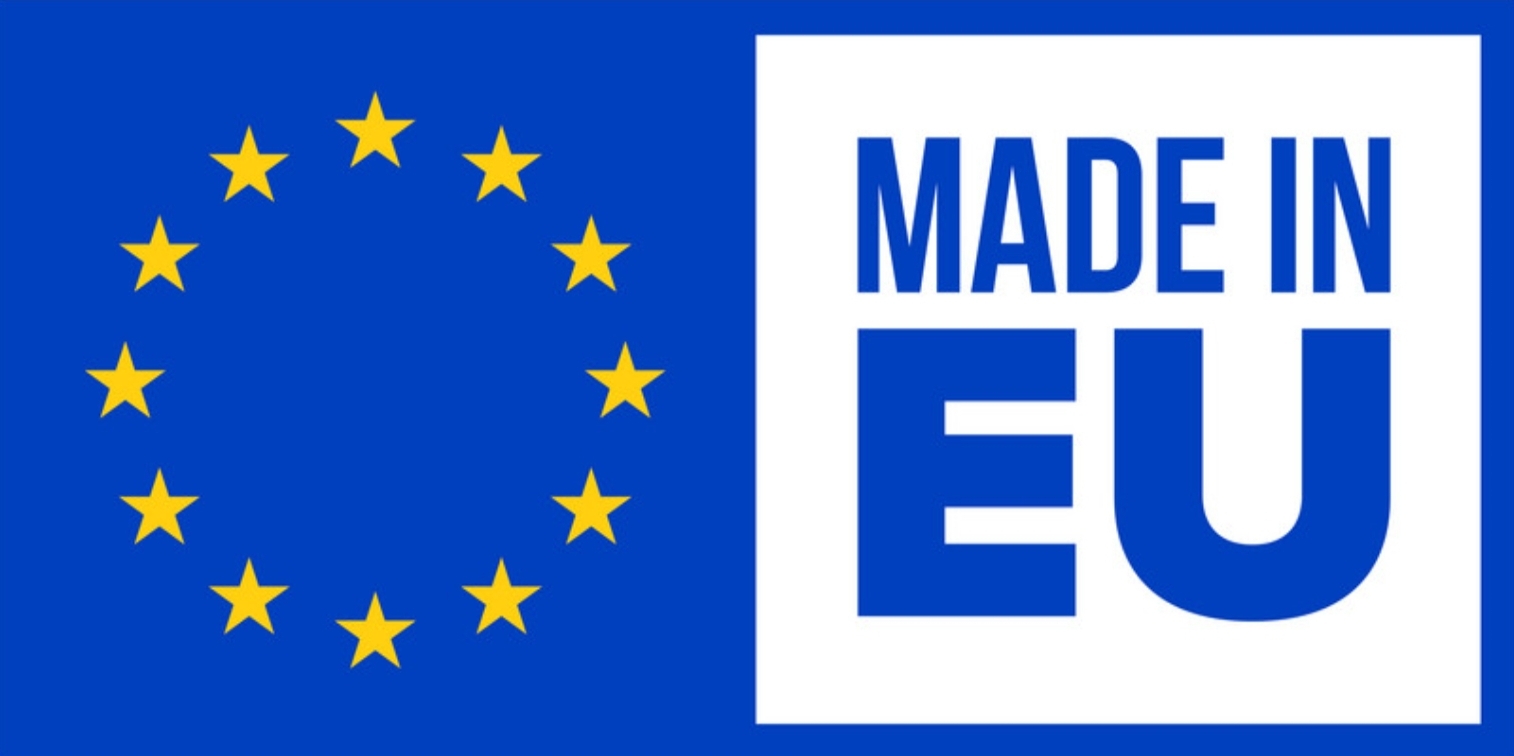Save 60% on Savysa from Insulinhub
In the Europe, the medicine Savaysa goes by the trade name Lixiana. Both brands are made by Daiichi Sankyo and are the same medicine.
Prescription Savaysa contains the active ingredient edoxaban, an anticoagulant used to prevent the formation of blood clots. Savaysa blocks factor Xa, and important factor in blood clotting.
Savaysa is taken by adults for the prevention of blood clots in the brain (stroke) and elsewhere in the blood in patients with nonvalvular atrial fibrillation and one or more additional risk factor. Savaysa is also used in the treatment of deep vein thrombosis in the legs and pulmonary embolism in the lungs. Lastly, Savaysa is used in the prevention of recurrence of blood clots in the legs or lungs.
Savaysa is not used in patients with very poor kidney function so your physician should check your kidney function prior to prescribing Savaysa.
Savaysa must alway be taken exactly as prescribed, usually 60mg once per day. A reduced dose of 30mg is used in patients with impaired kidney function. Patients who weigh less than 132 pounds may also be given a lower dose.
Savaysa is swallowed whole preferably with water with or without food.
Do not stop taking Savaysa unless your doctor advises to do so. If you are scheduled for surgery, you will be asked to stop taking Savaysa for a short period of time. Do not miss doses of Savaysa but if you do miss a dose, take as soon as you remember unless it is almost time for your next dose.
In 2019, when comparing Savaysa cost to USA Savaysa coupon price, InsulinHub was found to offer a discount of approximately 50% in Savaysa savings.
Buy Savaysa from InsulinHub.com for the best Savaysa cost.
Information about Savaysa (Edoxaban)
Savaysa is an oral anticoagulant, also known as a direct factor Xa inhibitor. It works by inhibiting the enzyme factor Xa, which plays a key role in the clotting process. By inhibiting factor Xa, Savaysa helps to prevent the formation of blood clots. It is prescribed to lower the risk of stroke and systemic embolism in individuals with non-valvular atrial fibrillation (AF), as well as to treat deep vein thrombosis (DVT) and pulmonary embolism (PE) as well as prevent DVT and PE from reoccurring.
Product Highlights
- To decrease the likelihood of stroke and systemic embolism.
- For the treatment of DVT following initial therapy with a parenteral anticoagulant.
- For the treatment of PE following initial therapy with a parenteral anticoagulant.
- To prevent the recurrence of DVT and PE in patients who have been previously treated.
Key Ingredient
Key Benefits
- Lowered risk of stroke and embolism in individuals with non-valvular atrial fibrillation.
- Unlike warfarin, Savaysa does not require regular blood tests for INR monitoring.
- Most patients can receive a fixed-dose regimen based on their renal function, reducing the complexity of treatment.
- The ease of oral dosing makes it a convenient alternative to injectable anticoagulants.
- Savaysa reaches steady-state plasma concentrations in a few days and has consistent effects in most patients.
Direction of Use
- Savaysa is typically taken once a day, with or without food.
- The typical starting dose for non-valvular atrial fibrillation is 60 mg, although this may be reduced to 30 mg daily in patients with certain conditions such as renal impairment, low body weight, or those taking certain medications.
- For DVT and PE treatment, the initial therapy should involve a parenteral anticoagulant, followed by a transition to Savaysa for long-term therapy.
Safety Concerns
- As with all anticoagulants, Savaysa increases the risk of bleeding, including serious or life-threatening bleeding.
- Because Savaysa is eliminated by the kidneys, impaired renal function can affect the drug’s clearance, requiring dose adjustments or discontinuation.
- Caution is advised in patients with liver disease, although Savaysa is not significantly metabolized by the liver.
- Patients undergoing spinal puncture or neuraxial anesthesia are at risk of developing a spinal or epidural hematoma.
- Savaysa should be avoided during pregnancy unless absolutely necessary, and it is not recommended during breastfeeding.
Avoid Savaysa (Edoxaban) If
- Patients with active bleeding disorders (e.g., gastrointestinal bleeding, intracranial hemorrhage) should avoid Savaysa.
- Patients with severe renal impairment (eGFR <15 mL/min) should not use Savaysa.
- If a patient has a history of hypersensitivity to edoxaban or any component of the formulation, it should be avoided.
- These can raise edoxaban levels and elevate the risk of bleeding, so they should be avoided.
- Savaysa is contraindicated during pregnancy and lactation unless the benefits outweigh the risks.




